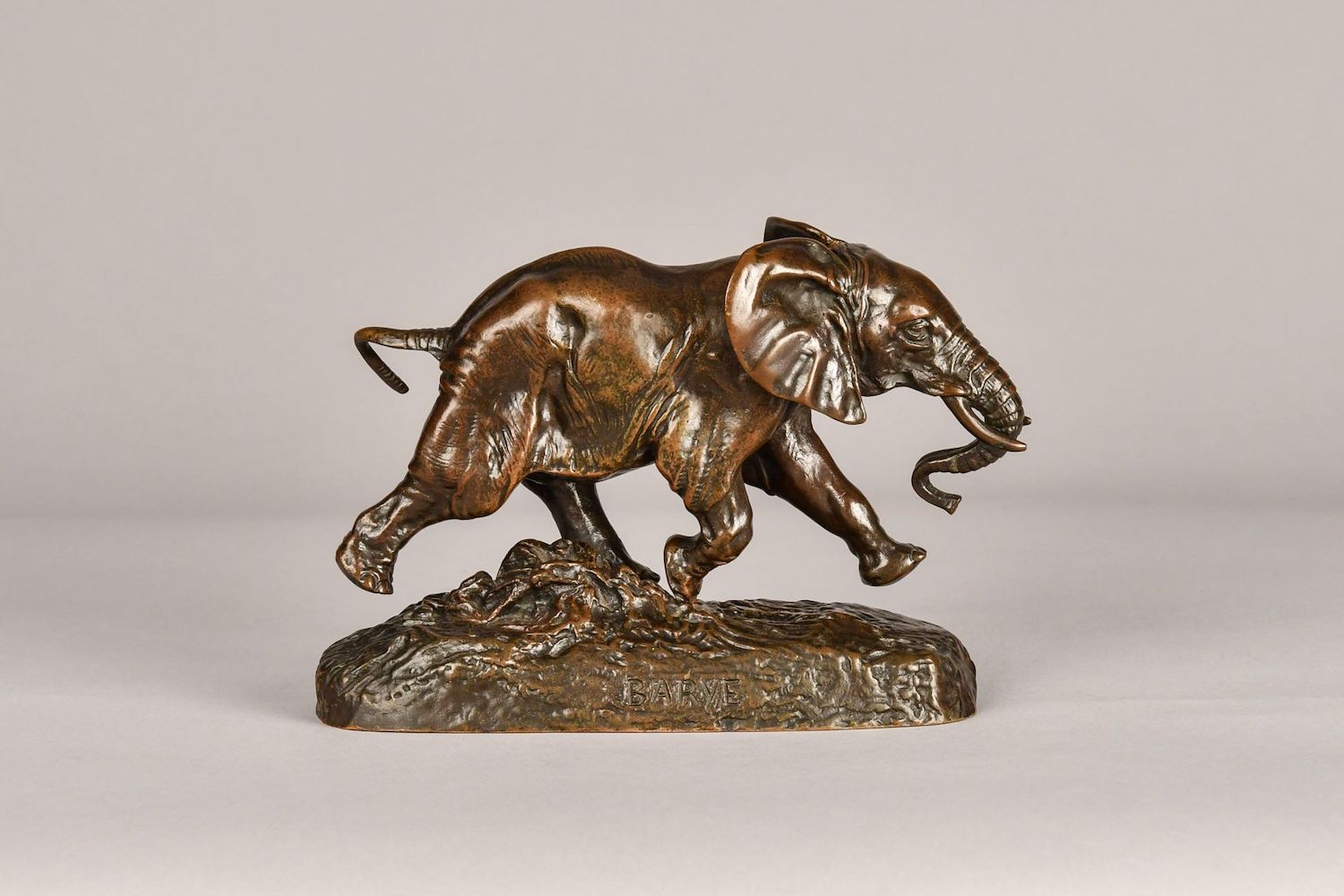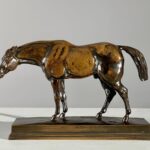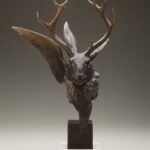Featured Work
Exhibitions
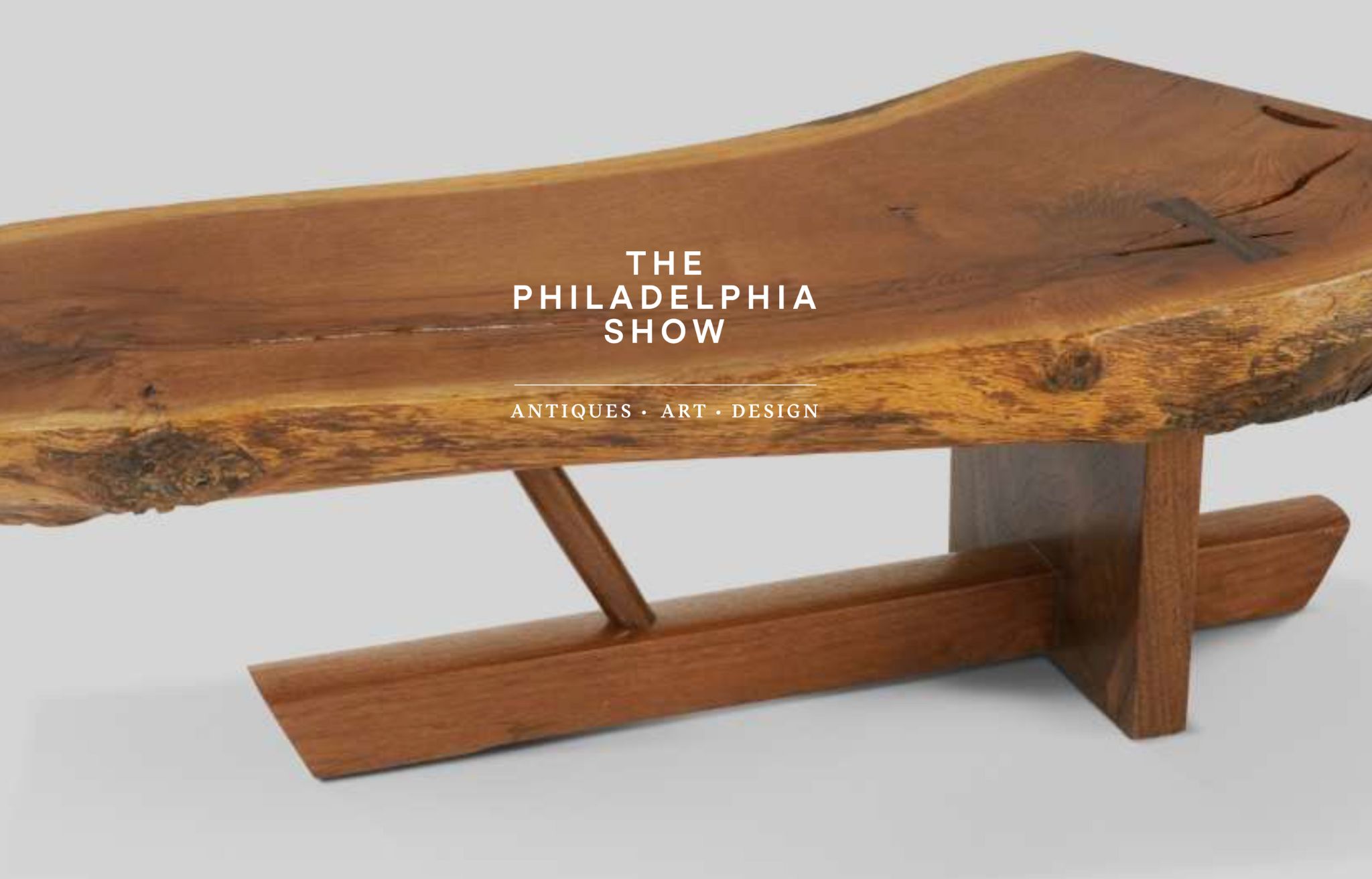
April 26, 2024 - April 28, 2024
The Philadelphia Show 2024 – On View at the Philadelphia Museum of Art
View the Exhibition →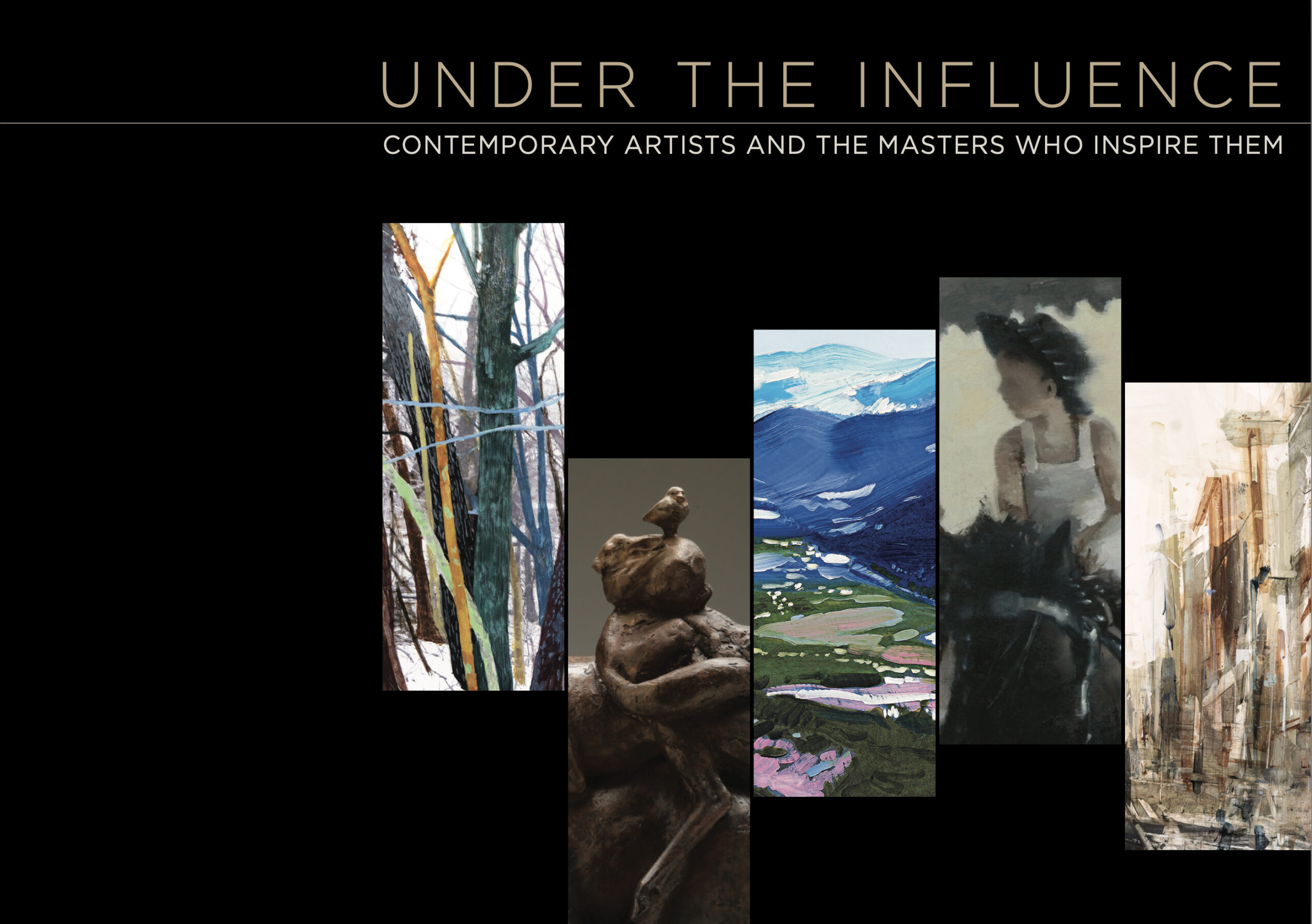
May 23, 2023 - June 21, 2023
Under the Influence | Contemporary Artists and the Masters Who Inspire Them
View the Exhibition →About
Antoine-Louis Barye (1795 – 1875) is considered the father of the French animalier school that became popular in the middle of the nineteenth century. The animalier movement was notable for its realistic and naturalistic portrayal of animals. Barye addressed themes such as wild animals in dramatic action pitted against each other in the struggle for survival. He was also instrumental in foundry practices, and placed a great deal of energy and passion into the fabrication of his bronzes. Barye was extremely influential to generations of European and American sculptors. He received many commissions, and executed public works and monuments around France. Until the 1990s, he was believed to have been born in 1796 rather than 1795, a correction discovered with scholar Martin Sonnabend’s reinterpretation of the Revolutionary Calendar. Barye’s works are represented in the great museums throughout the world, with large collections in American institutions such as the Metropolitan Museum of Art, N.Y.; the Brooklyn Museum; the Walters Art Museum, Baltimore; the Baltimore Museum of Art; and the Corcoran Gallery of Art, Washington D.C.
Exhibitions with Somerville Manning Gallery
2023 Under the Influence | Contemporary Artists and the Masters Who Inspire Them, Somerville Manning Gallery, Greenville, DE
